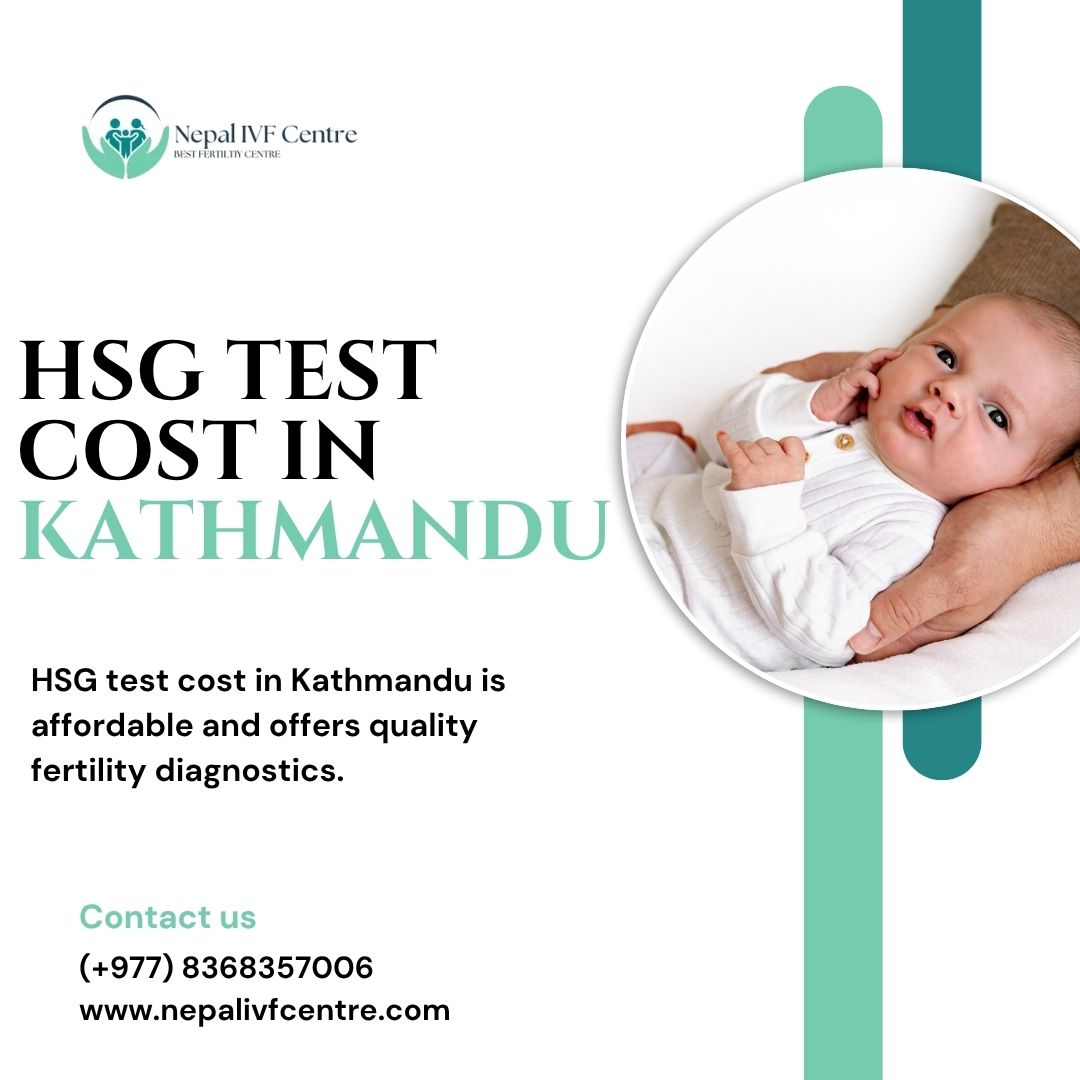The Hysterosalpingography (HSG) test is one of the most important diagnostic procedures for women experiencing difficulty conceiving. It helps determine whether the fallopian tubes are open and assesses the shape and condition of the uterus. In Kathmandu, several reputed fertility centers and diagnostic clinics offer the HSG test with advanced imaging technology and expert gynecologists.
What is an HSG Test?
An HSG (Hysterosalpingography) test is an X-ray procedure used to examine the uterus and fallopian tubes. A special dye is injected into the uterine cavity through the cervix, and X-ray images are taken to track the flow of the dye. If the fallopian tubes are blocked or there are uterine abnormalities, the dye’s path will reveal them.
Why is the HSG Test Important?
The HSG test is often recommended for:
- Detecting blocked or damaged fallopian tubes
- Identifying uterine fibroids, polyps, or scar tissue
- Investigating recurrent miscarriages or infertility
- Evaluating tubal ligation reversal results
- It is usually performed after menstruation but before ovulation to ensure the woman is not pregnant during the test.
HSG Test Cost in Kathmandu
The average cost of the HSG test in Kathmandu ranges between NPR 5,000 to NPR 10,000, depending on the clinic, type of equipment used, and whether the procedure is performed in a fertility center or diagnostic hospital. Some fertility clinics include the test in their initial infertility evaluation packages, making it more cost-effective for couples undergoing treatment.
Procedure of the HSG Test
- Preparation — The patient may be advised to take mild pain relievers before the test.
- Dye Injection — A thin catheter is inserted through the cervix, and a contrast dye is gently injected.
- Imaging — X-ray images are taken to visualize the uterine cavity and the dye’s flow through the fallopian tubes.
- Post-Procedure Care — The test takes about 15–30 minutes, and patients can resume normal activities the same day.
Benefits of Taking HSG Test in Kathmandu
- Affordable diagnostic services with accurate results
- Experienced fertility specialists and radiologists
- Use of advanced digital X-ray technology
- Safe and minimally invasive procedure
- Part of comprehensive fertility assessments at top clinics
Risks and Precautions
While the HSG test is generally safe, some women may experience mild cramping or spotting afterward. Infection risks are minimal when performed under sterile conditions. Doctors may prescribe antibiotics if needed.
Conclusion
The HSG test in Kathmandu is an essential diagnostic step for evaluating female infertility. With advanced technology, affordable pricing, and expert gynecological care, women can receive accurate and safe testing. This test helps fertility specialists design the most effective treatment plan, bringing couples closer to achieving their dream of parenthood.





Comments